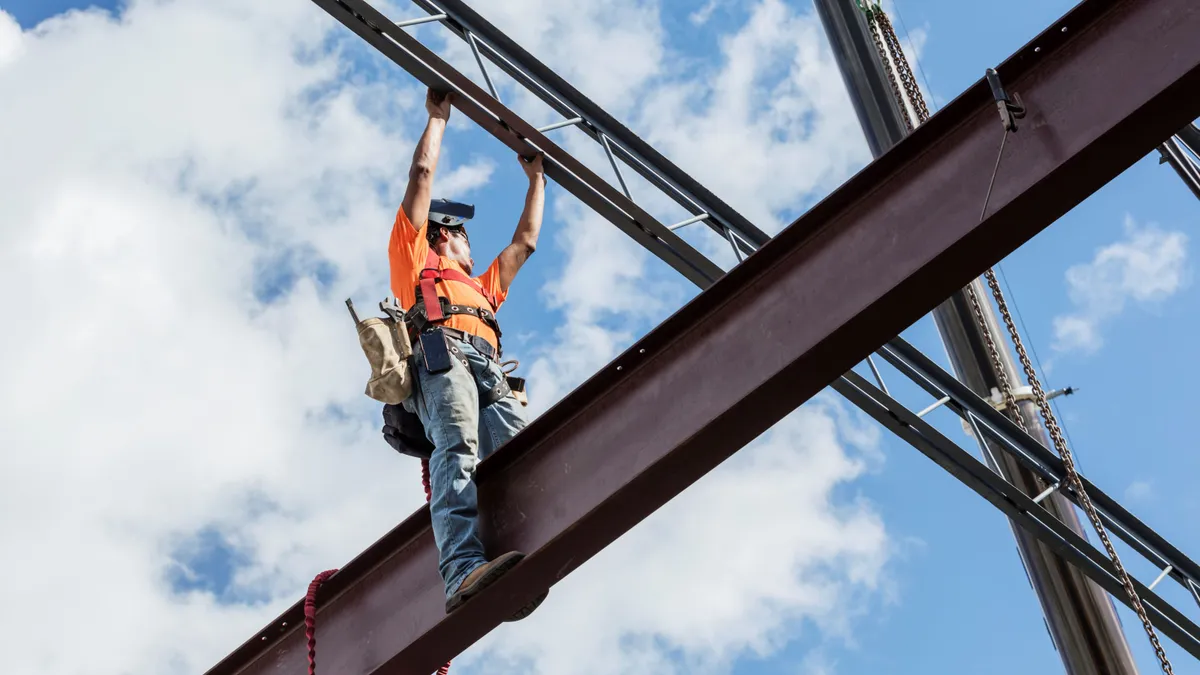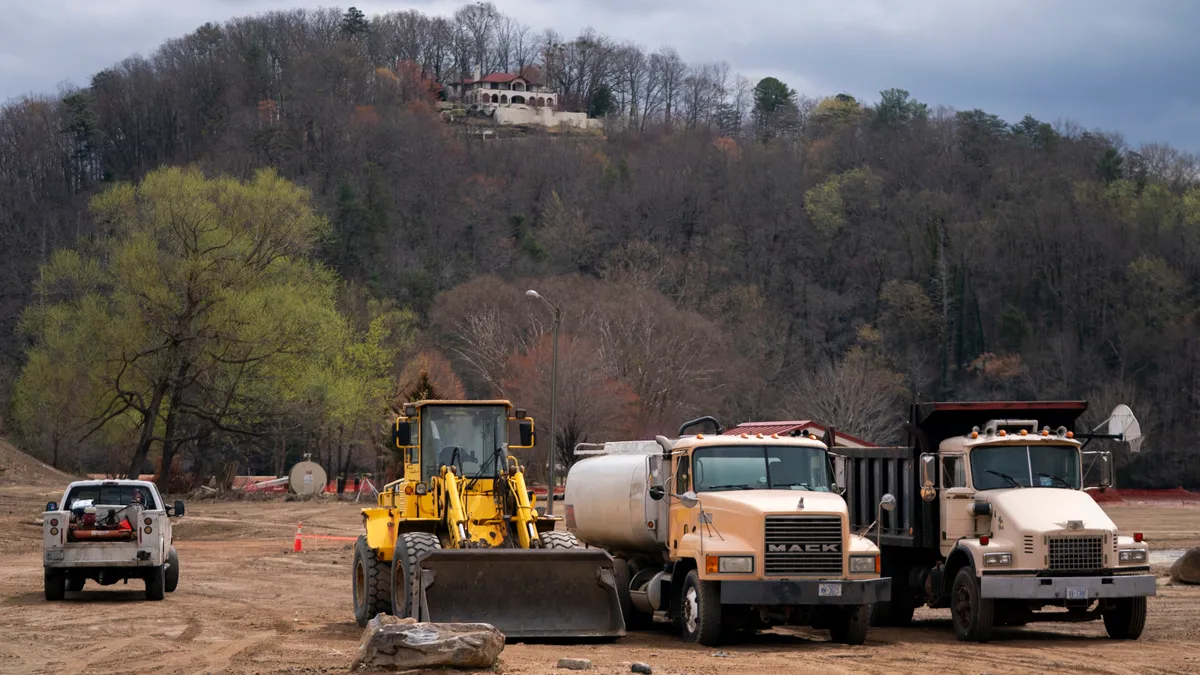Prefabricated housing, devised after World War II to meet soaring demand, quickly became despised as something consumers would almost never choose if they had options.
Now, Construction Digital magazine says, the economic shakeup and a growing desire for energy efficiency and sustainability are raising the stock of the sector.
"The recession of 2008 and collapse of the housing market has emboldened potential homeowners to step outside the moors of traditional tract housing," Jon Walton writes in the December issue.
The market for prefabricated housing appears ready to grow to more than 750,000 units by 2015, Walton said. New companies are rising to meet the demand.
The magazine points up three benefits that have raised prefab's image:
- Standardizing and pooling construction efforts allows for the best deals in materials and labor.
- The increased efficiency in a factory setting allows for environmentally friendly materials to be used while remaining cost effective, as precision and quantities increase.
- Construction is unhampered by weather or other environmental concerns, so building times are much shorter.








